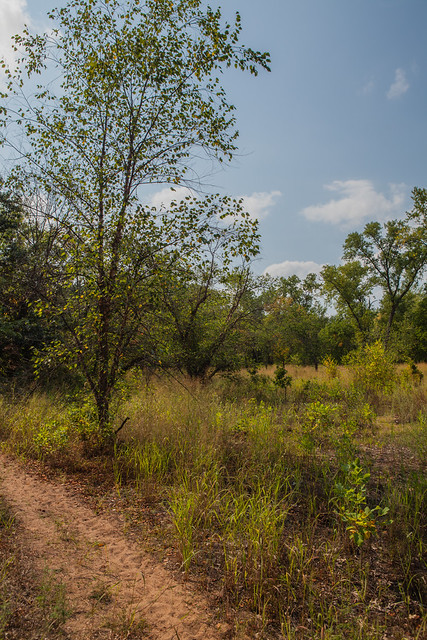Best Place Order Tramadol Online Alphabet of the Desert in the Month of April
Buying Tramadol In Canada Ants carrying loads
three times their size,
ambitious ants.

Just Born – Bighorn Mama and Baby © 2016 Bo Mackison
Birth of a bighorn sheep,
mother and baby boy.
Life abounds in the desert.
https://www.circologhislandi.net/en/conferenze/ Coyote paces on the edge of the wash,
watching its kit sip
rainwater from a puddle.

Ribbon Sunrise © 2016 Bo Mackison
Order Tramadol Overnight Mastercard Dawn breaks into pastel colors,
silhouetting the mountains.
Affirmation of a new day.
Evening primroses in bloom,
as I walk the edges in the evening,
so many edges.
Flocks of finches.
Feathers flutter.
Friendly and fine.
Gila monster sunning
on a slab of granite,
ancient sun worship.

Broad-billed Hummingbird © 2016 Bo Mackison
Hummingbird hovers, a constant
in the desert, whirr of wings,
then fly away with a zing-zing.
Insects crawl and scoot, burrow and bore.
Desert is alive with insects
where ever one looks, if only one sees.
jack-rabbit jumping
through the back wash, zig zag.
You can’t catch me!

Ketzel Perched on Saguaro Buds © 2016 Bo Mackison
Kestrel chatters klee-klee-klee,
smallest falcon, mighty hunter. His sharp vision
tracks all movement on the desert ground below.
Lizards, hidden much of the winter,
now search for the warm earth, scuttling here and there as
lightning streaks through the stormy skies.

Full Moon over the Mountains © 2016 Bo Mackison
Moonlight, moonlight,
midnight moon.
Moon glow washes over the mountains.
Nectar draws the pollinators
to the cactus flowers –
prickly pears, cholla, saguaro all a bloom in April.
Owls hoo hoo
their night songs.
Night watch.

A Profusion of Palo Verde Yellow © 2016 Bo Mackison
Palo verde trees
drop their yellow flowers.
Desert snow. Golden glow.
Quail are quiet: the mamas mind their nests,
each one filled with a dozen or more eggs.
Soon the babies will hatch.
Rattlesnake sheds its skin;
the snake-shed graces my desert altar.
Sacred ritual.

Saguaro in Bloom ©2016 Bo Mackison
Saguaros in bloom, a blossom lasts a day.
White and heavy with fragrance, atop the tall column,
it beckons to pollinating bats and bees.
Thunderstorms come early this year.
Theatrical, with torrential downpours.
The desert smells like rain.

Uplift © 2016 Bo Mackison
Uplift. The mountains I see from my window.
Land uplifted. Spirits uplifted.
Varnish on the desert rocks, dark layers of minerals,
petroglyphs scratched into the surface by the ancients.
Vultures swoop above the rocks, on the lookout for their next meal.
Wind is the whisper of the desert,
sometimes the whisper turns into a howl
and the dust swirls.
Xeric. What the desert is.
A habitat containing little moisture;
landscape of yucca, cactus, palo verde.

Yucca in bloom © 2016 Bo Mackison
Yucca in bloom,
a white flame above a candle,
illuminating the desertscape.
Zebra butterfly, black and white,
long-winged and graceful.
admired midst the desert flowers.
~~~~~~~
An alphabet poem – the desert in April – for April, National Poetry Month.

















